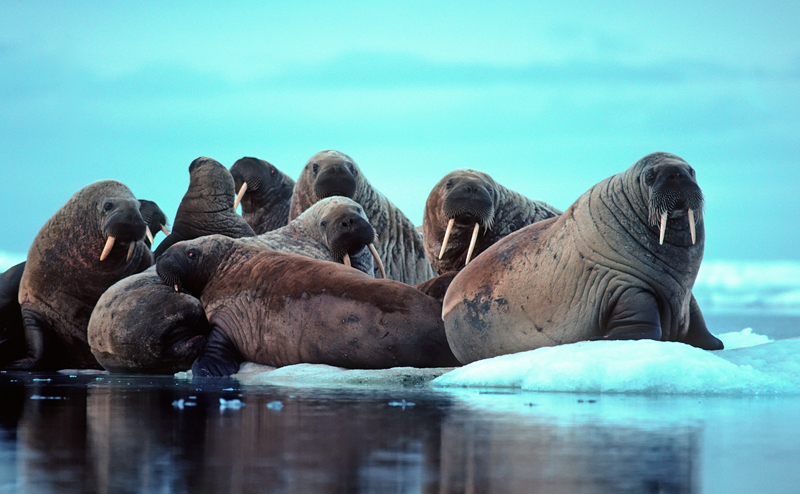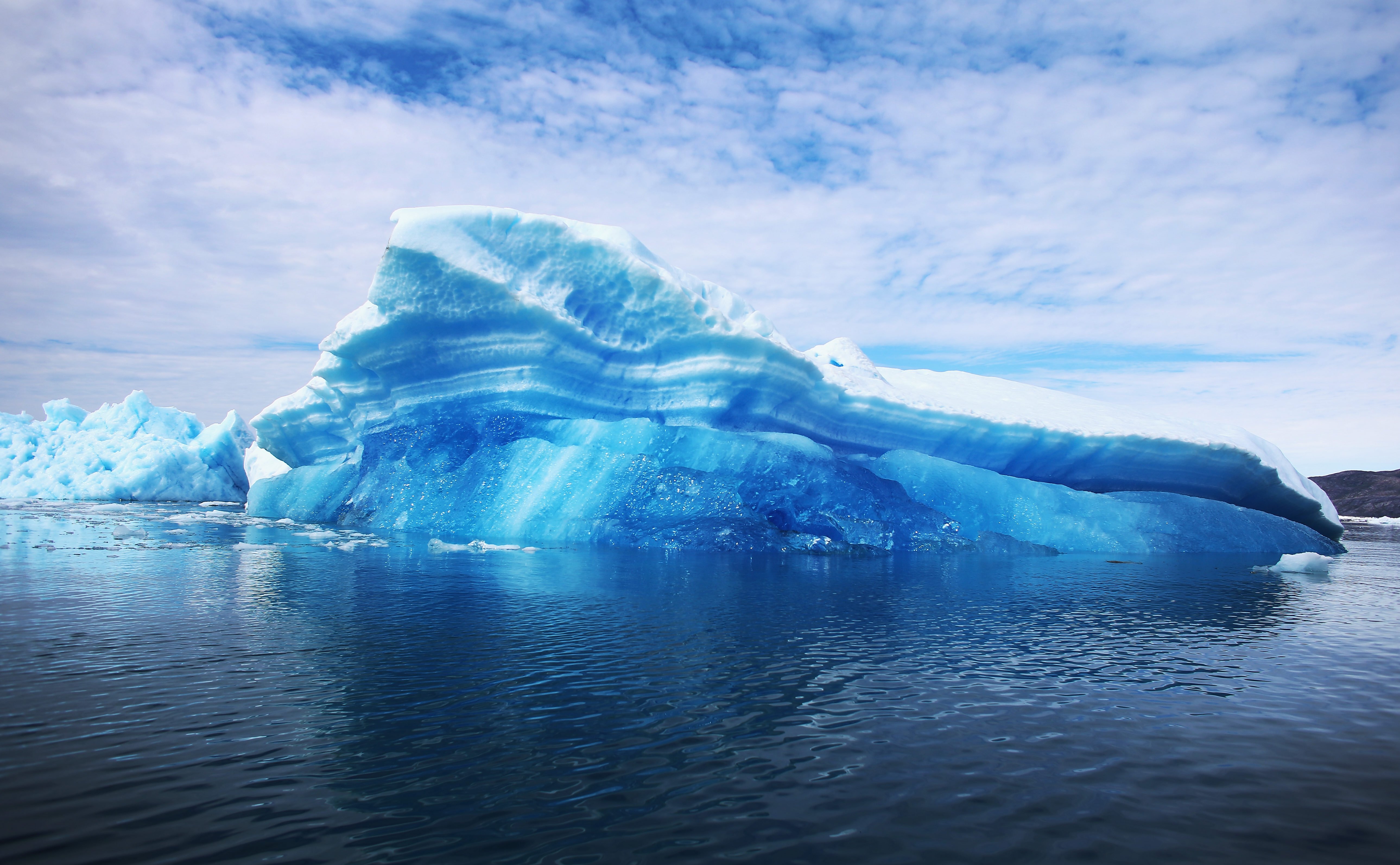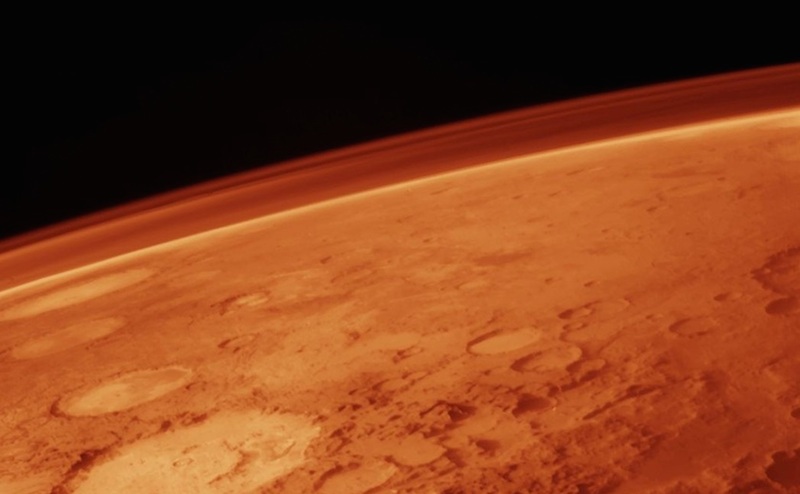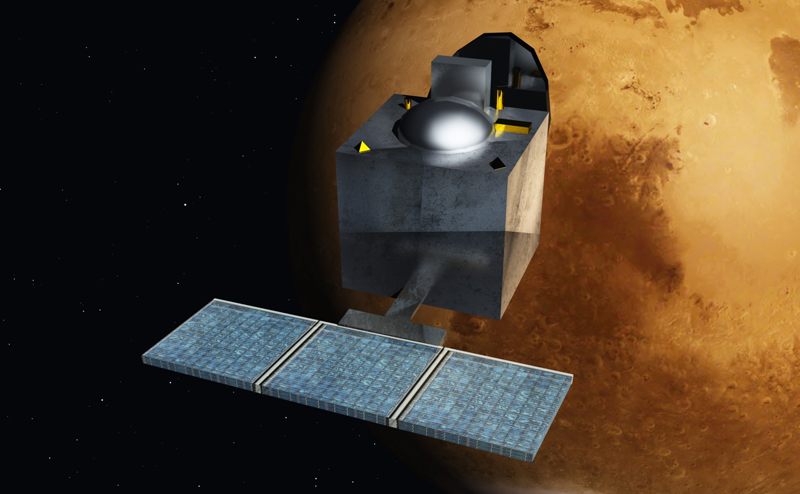Articles
2014’s not quite over yet, but the year has already yielded some amazing scientific insights in space. In honor of the United Nations’ World Space Week, we wanted to round up some of our favorite discoveries and milestones in space exploration and astronomy this year: Milestone: Rosetta Gets A Comet In Its Sights This was the year that the European Space Agency’s Rosetta spacecraft finally got to get up close and personal with Comet 67P/Churyumov-Gerasimenko. In August, the craft successfully met up with the comet—a rendezvous 10 years in the making. Patrick McCarthy, project director for the Giant Magellan Telescope, says the mission is a true step into the unknown. Until now, we haven’t gotten a really good, up close look at a comet: “We usually just see light reflected off of the cloud of dust around it.” Rosetta’s snapshots of Comet C-G show that it’s irregularly shaped, with two bulbous heads connected by a squat bridge; overall, the comet looks kind of like a rubber duck. In November, Rosetta will attempt to land the Philae probe on the head of that comet duck in order to start directly analyzing the composition and attributes of the comet. Scientists are excited to get …
Read More
Many dog owners feel like their pets are like their children—and your brain seems to think so, too. In a new study published in the journal PLOS ONE, researchers at Massachusetts General Hospital investigated differences in brain activity when women volunteers viewed pictures of their dogs, their children, and unfamiliar dogs and children. What they found suggests that the bond between human and pup tugs at some of the same heartstrings—or rather, brainstrings—as the bond between mother and child. The MGH team analyzed functional MRI data for 14 women, each with at least one child between two and 10 years old and a pet dog that had been owned for at least two years. In the course of the experiment, the women were shown a series of photographs: of their child, of their dog, and of unfamiliar dogs and children. The MRI machine paints a portrait of the participants’ brain activity while viewing the images, by detecting changes in blood flow and oxygen levels in different brain structures.
Read More
Seven days; lots of science in the news. Here’s our roundup of this week’s most notable and quotable items: 35,000 walruses came ashore on an Alaskan beach, seeking a resting place in lieu of their preferred perch, sea ice, which is becoming rarer in the Arctic. Five separate studies say Australia’s record-smashing 2013 heat wave was a consequence of man-made climate change. Scientists discovered a huge rectangular shape buried beneath the surface of the moon, possibly the remnants of ancient rift valleys created as the early moon cooled. Acupuncture was found to be useless in treating chronic knee pain. Researchers found a massive cloud of hydrogen cyanide ice over the south pole of Saturn’s moon Titan. Drought and irrigation has completely drained the eastern basin of the Aral Sea, once the fourth-largest lake in the world. A change in a single gene may have split monarch butterfly populations into migratory and homebody cohorts. New York City’s Central Park is home to at least 170,000 different kinds of microbes, including 2,000 species that have been found nowhere else in the world. A new theory on the origin of cancer speculates that rapid, uncontrolled growth and proliferation may be a kind of “safe mode” for cells—suggesting that treatments like oxygen and immunotherapy may be the best road to take. …
Read MoreUniversity of Zurich evolutionary biologist Andreas Wagner is the first to give Darwin his due, but in his new book, Arrival of the Fittest: Solving Evolution’s Greatest Puzzle, argues that natural selection alone cannot explain the totality of evolution. We got a chance to chat with him recently about the natural phenomena that give rise to life’s stunning innovations. (Note: This interview has been lightly edited and condensed.) World Science Festival: We’ve all heard of ‘survival of the fittest.’ What does ‘arrival of the fittest’ mean? Andreas Wagner: It’s actually taken from a famous botanist, Hugo de Vries, from the last sentence of a book he wrote in 1905: “Natural selection can explain the survival of the fittest, but it cannot explain the arrival of the fittest.” The arrival of the fittest here simply means how new traits originate. For example, there is this interesting fish called the winter flounder, which lives close to the Arctic Circle, in very deep, cold waters—so cold that our body fluids would freeze solid. Yet this fish survives there. It turns out that its ancestors discovered a new class of antifreeze proteins that work a bit similar to the antifreeze in your car. It’s …
Read More
You’re probably already familiar with the decline in Arctic sea ice, but there’s another climate change meltdown happening on land. Greenland’s vast ice sheet is melting at an unprecedented rate. See the numbers for yourself in the infographic.
Read MoreSeven days; lots of science in the news. Here’s our roundup of this week’s most notable and quotable items: India’s Mangalyaan orbiter successfully settled into orbit around Mars. Horses in Australia’s Snowy Mountains have been seen resorting to cannibalism as their numbers soar beyond what the landscape can support, and octopus cannibalism was caught on video for the first time. Earth’s magnetic field may be gearing up to flip sooner than expected, but scientists don’t think it will spell any danger for humanity. A jetpack may eventually allow runners to run a mile in four minutes. The Neptune-sized planet HAT-P-11b, which orbits a star in the constellation Cygnus, is the smallest exoplanet yet found to contain water. Drought is causing a tumbleweed infestation in Southern California. Up to half of the water in the solar system is older than the sun. The current Ebola outbreak is still getting worse: Cases are doubling every 16 days in Guinea, every 24 days in Liberia and every 30 days in Sierra Leone. Half of HIV-positive gay men in the U.S. aren’t getting proper medical care. A new analysis of dust in the Milky Way casts doubt on the discovery, announced earlier this year, of a polarization pattern in the cosmic microwave background radiation consistent …
Read More












